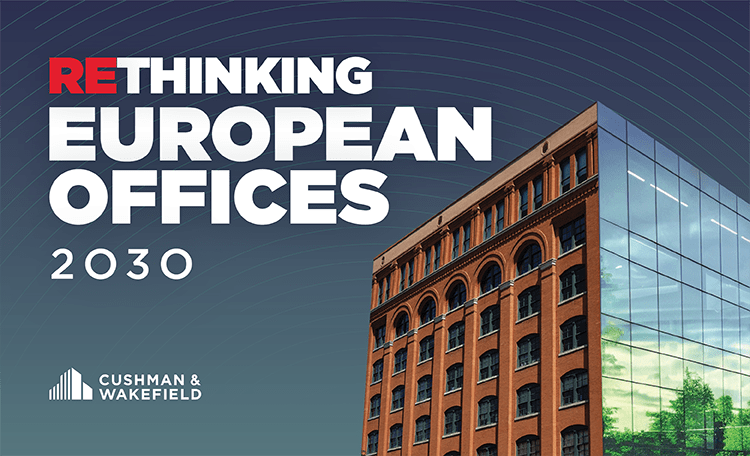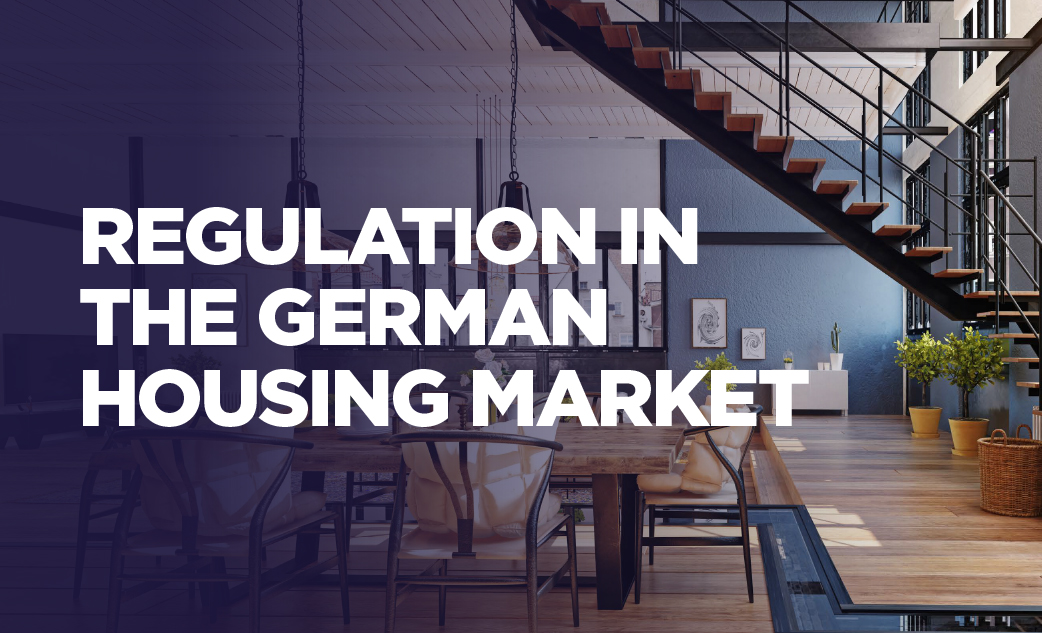- 107 new openings in 20 European luxury retail streets in 2023
- France, Italy and the UK core markets for luxury retail
- Average growth in prime rents in luxury locations twice as high as in other top retail streets
- Düsseldorf's Königsallee and Munich's Maximilianstrasse with very low vacancy rate
The continuing attractiveness of well-established luxury retail locations in Europe led to 107 new openings on 20 key luxury streets in 16 cities in 12 countries in 2023, according to the first “European Luxury Retail Report” by Cushman & Wakefield (C&W), one of the world’s largest real estate consultancy firms. According to the study, the luxury retail markets are exhibiting high levels of resilience, which is also due to the return to Europe of tourists who are keen to spend.
Almost 70 percent of new openings in the luxury sector were in the fashion, footwear and accessories segments. A third of all openings were by brands owned by LVMH, Kering and Richemont, which illustrates the strength of the largest groups. The fact that around 60 other brands and companies were responsible for the remaining openings shows just how broadly diversified the market is.
Tina Reuter, Head of Germany at C&W, explains: “It has been confirmed that bricks-and-mortar shops are still crucial for luxury retail. High-end retailers have long recognised the importance of brand loyalty nurtured via personal in-store experience, and we see this focus continuing. Retailers are increasingly looking to integrate their brands into ever more areas of their customers' daily lives.”
One challenge retailers face is the limited availability of vacant space in many key luxury locations. Of the 20 streets considered in the report, 16 have a vacancy rate of less than 5.0 percent and seven have no vacancies whatsoever. Combined with the high level of leasing activity by retailers, this has driven rental growth in these luxury retail streets. At 3.0 percent in 2023, average rental growth in Europe's luxury retail high streets was almost double the European high street average of 1.6 percent.
Great Britain, France and Italy particularly interesting for luxury brands
Geographically, over 40 percent of the recorded shop openings in 2023 were in the key markets of France, Italy and the UK. The strength of demand in these three countries meant that average prime rental growth here was almost twice as high as the average for other luxury high street markets in Europe, driven by particularly strong growth in the Italian markets.
These three countries also accounted for around half of all fashion openings in the luxury segment. In contrast, the jewellery and watch sector was more active in other European countries: over 70 percent of new openings in this segment took place on luxury streets outside these three countries.
Luxury locations have returned to pre-pandemic level
However, the report also shows that rental levels in 2023 on Europe's high streets are generally still 10 percent below 2018 levels, while those on luxury retail streets have returned to their previous pre-pandemic highs. Three of Europe’s main luxury streets - Via Montenapoleone in Milan, New Bond Street in London and Avenue des Champs-Élysées in Paris - are among the five most expensive retail locations in the world. As location has always been crucial for luxury retailers, the stronger increase in rents is being driven by high demand.
Rob Travers, Head of EMEA Retail at C&W, commented: “With the European luxury retail market steadying in 2023 following several years of exceptional growth, luxury retail real estate continues to demonstrate its resilience.”
Maximilianstrasse and Königsallee
Maximilianstrasse in Munich and Königsallee in Düsseldorf, German locations highlighted in the C&W report, confirmed their position as leading luxury shopping streets in Germany in 2023 with a series of new openings and store expansions.
Five new luxury shops opened in Munich's Maximilianstrasse last year, including several relocations to larger spaces. Gucci relocated its Munich flagship store from Maximilianstrasse 33 to the “Maximilianhöfe”. It now extends over some 800 square metres over two floors in the newly-renovated building, with a complete product range and specially designed VIP areas. Stone Island has also expanded its presence with a new store of 360 square metres over three floors. The vacancy rate in the luxury area of Maximilianstrasse is just 2.0 percent.
Düsseldorf's Königsallee recorded only one store opening, actually a re-opening of the renovated Montblanc boutique. Further store expansions are planned, including expansions by Louis Vuitton and Tiffany. The vacancy rate on Königsallee is 0 percent, which is leading to increased development activities. One example of this is the Kö36 building, where Fendi and Moncler stores opened in late 2022.
German luxury streets with special features
German luxury streets are often centrally integrated into the urban fabric and also serve as important thoroughfares and meeting places, which differ from some more secluded luxury destinations such as Via Montenapoleone, which are almost exclusively focused on high-end retail.
In Germany they often also host cultural and social events that liven up the location and attract a wider public. For example, the Christmas market on Königsallee and the diverse seasonal events in Munich are attractions that are not found in this form in all of Europe’s luxury streets.
The focus in on a perfect shopping experience
In addition, many brands are endeavouring to increase the size of their stores in order to stock more product ranges and enable creative and innovative concepts, particularly in the area of exclusive in-store customer experience. This is also a challenge due to the limited availability of appropriate space and the high level of competitive pressure in sought-after locations.
“In the luxury segment in particular, we are seeing very high requirements and a clear focus on the best possible setting to showcase the brand. The shopping experience is perfectly choreographed and strengthens brand loyalty. In addition to increased rental space sizes, the quality of retail space is also becoming increasingly important in order to fulfil these requirements,” adds Andreas Siebert, Head of Retail Investment Germany at C&W.
C&W expects that retailers will continue to focus on central luxury locations as well as further rental growth. In addition, there is continued interest from luxury retailers in selected property investments for long-term strategic positioning.
Get the report: European Luxury Retail Report







